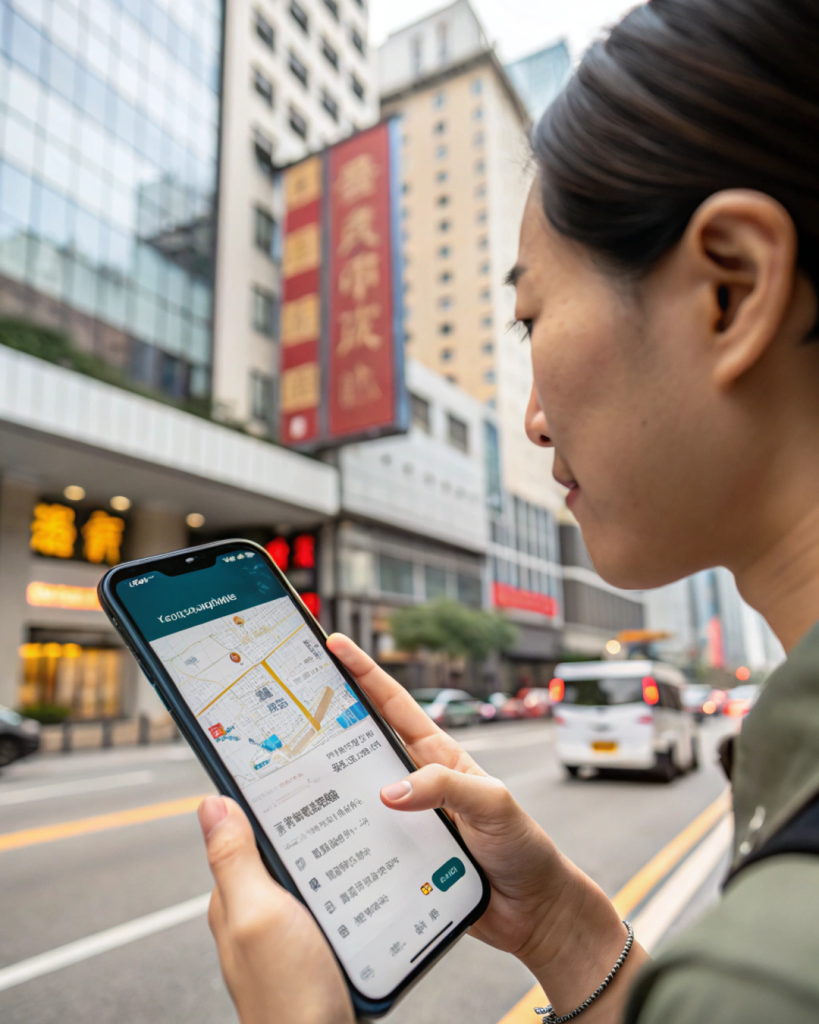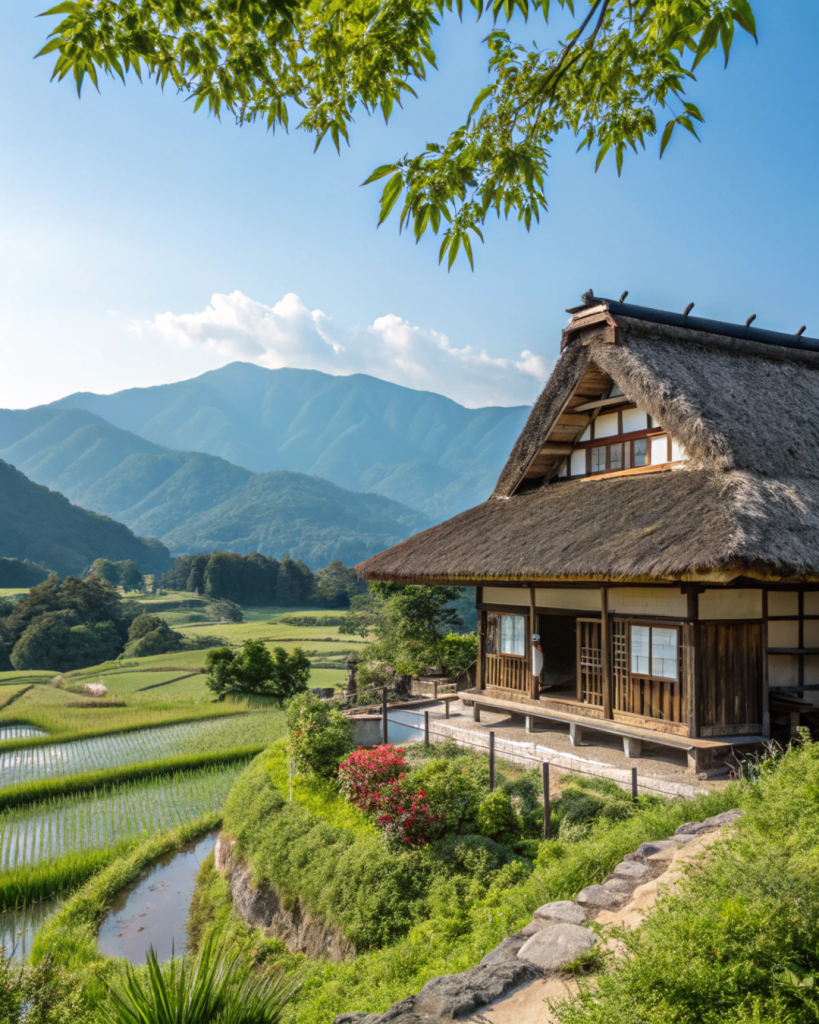I’ll never forget the time I arrived in Bangkok without a single pair of socks. In my rush to pack, I’d forgotten the basics, and there I was, wandering the bustling streets of Khao San Road in search of a convenience store that sold something other than pad Thai and coconut water.
That trip taught me a valuable lesson: preparation is everything, especially in Asia, where the pace, culture, and logistics can be both exhilarating and overwhelming. Whether you’re a first-time traveler or a seasoned globetrotter, a little planning can make the difference between a dream vacation and a logistical nightmare.
Over the years, I’ve explored Asia from the neon-lit streets of Tokyo to the serene rice terraces of Bali, and I’ve picked up countless tips and tricks that have saved me time, money, and stress.
Here’s my ultimate guide to planning, packing, and traveling like a pro in Asia.
When to Go: Timing Your Trip for Success in Asia
Asia is a year-round destination, but the best time to visit depends on where you’re headed. Here’s how to nail it:
Consider the Season
- Southeast Asia (Thailand, Vietnam, Cambodia): November to February is the dry season, with cooler temperatures and clear skies. Avoid the monsoon season (June to October) unless you’re prepared for daily downpours.
- East Asia (Japan, South Korea): Spring (March to May) for cherry blossoms or autumn (September to November) for stunning foliage. Summers can be hot and humid, while winters are cold but magical with snow festivals.
- South Asia (India, Nepal): October to March is ideal, with pleasant temperatures and clear skies. Avoid the scorching heat of April to June and the monsoon rains of July to September.
Check Local Events
- Festivals: Plan around events like Thailand’s Songkran (April), India’s Diwali (October/November), or Japan’s Gion Matsuri (July).
- Holidays: Be aware of local holidays like Chinese New Year (January/February) when transport and accommodations may be fully booked.
Pro Tip: Use Weather.com or AccuWeather to check regional forecasts before finalizing your itinerary.
Getting There: Booking Flights and Transport in Asia

Asia’s transport network is vast and efficient, but it can be overwhelming for first-timers. Here’s how to handle it:
Flights
- Book Early: Secure the best deals by booking 2–3 months in advance for domestic trips and 4–6 months for international.
- Be Flexible: Use tools like Skyscanner or Google Flights to compare prices across dates.
- Budget Airlines: Asia is home to budget carriers like AirAsia, Scoot, and IndiGo. Just be mindful of baggage fees.
Local Transport
- Trains: Japan’s Shinkansen and India’s Rajdhani Express are iconic. Book tickets in advance, especially for overnight trains.
- Buses: Long-distance buses in countries like Vietnam and Malaysia are affordable and comfortable.
- Ride-Sharing: Use Grab in Southeast Asia or Didi in China for convenient rides.
Cultural Note: In Japan, silence is golden on trains. In India, embrace the chaos—honking is a language!
Costs: Budgeting for Your Asian Adventure
Asia caters to all budgets, but costs vary by country. Here’s a breakdown:
Budget Travel ($30–50/day)
- Accommodation: Hostels (¥80–150/12–22)orbudgethotels(¥200–300/12–22)orbudgethotels(¥200–300/30–45).
- Food: Street food like pad Thai (฿40/1.20)orbanhmi(₫20,000/1.20)orbanhmi(₫20,000/0.85).
- Transport: Subway fares start at ¥3 (0.50)inChinaor฿16(0.50)inChinaor฿16(0.45) in Bangkok.
Mid-Range ($70–150/day)
- Accommodation: Boutique hotels (¥400–600/$60–90) or Airbnb apartments.
- Food: Local restaurants (¥50–100/$7–15 per meal).
- Activities: Entrance fees to major sites like Angkor Wat ($37 for a 1-day pass).
Luxury ($200+/day)
- Accommodation: 5-star hotels like The Peninsula Bangkok (¥1,500+/night/$225+).
- Food: Fine dining at places like Gaggan in Bangkok (¥10,000+/person/$150+).
- Tours: Private guides for the Great Wall or Terracotta Warriors (¥1,000+/day/$150+).
My Advice: Use Trail Wallet to track your spending and stay on budget.
Where to Stay: Finding the Perfect Accommodation in Asia

Asia offers accommodations for every taste and budget. Here’s how to choose:
Luxury
- The Peninsula Bangkok: A riverside oasis with a stunning pool and spa. Rates: ¥1,500+/night ($225+).
- Aman Tokyo: Minimalist luxury with panoramic city views. Rates: ¥2,000+/night ($300+).
Boutique
- L’Escape Hotel (Seoul): Inspired by 19th-century Paris, it’s a favorite among influencers. Rates: ¥250,000/night ($190).
- Tamarind Village (Chiang Mai): A tranquil retreat in the heart of the Old City. Rates: ¥600/night ($90).
Budget
- Hostels: Try Lub d in Bangkok (฿500/night/15)or∗∗KhaosanTokyoKabuki∗∗inTokyo(¥2,500/night/15)or∗∗KhaosanTokyoKabuki∗∗inTokyo(¥2,500/night/25).
- Homestays: Experience local life in a H’mong village in Sapa, Vietnam ($10/night).
Booking Tip: Use Agoda for discounts on boutique stays.
Packing Tips: Travel Light, Travel Smart in Asia
Packing is an art. Here’s how to master it:
Essentials
- Documents: Passport, visas, travel insurance, and copies of both.
- Money: Cash, cards, and a backup card in case of theft.
- Health: Medications, first-aid kit, and hand sanitizer.
Clothing
- Versatile Pieces: Pack items that can be mixed and matched.
- Layering: Bring lightweight layers for changing weather.
- Shoes: Comfortable walking shoes and one dressy pair.
Gadgets
- Adapters: Asia uses a mix of plug types (A, C, G). Bring a universal adapter.
- Portable Charger: Keep your devices powered on the go.
- E-Reader: Save space by downloading books instead of packing them.
Pro Tip: Roll your clothes instead of folding them to save space and reduce wrinkles.
Must-See Places: Planning Your Asian Itinerary
A well-planned itinerary ensures you make the most of your trip. Here’s how to create one:
Research Highlights
- Landmarks: Prioritize must-see sites like the Great Wall, Angkor Wat, or Tokyo’s Shibuya Crossing.
- Hidden Gems: Ask locals or read blogs for off-the-beaten-path recommendations.
Balance Your Days
- Mix Activities: Alternate busy days with relaxed ones.
- Leave Room for Spontaneity: Don’t over-schedule—some of the best experiences are unplanned.
My Advice: Use Google My Maps to plot your itinerary and save offline maps.
Food Recommendations: Eating Like a Local in Asia
Food is a huge part of travel. Here’s how to enjoy it:
Street Food
- Safety: Look for busy stalls with high turnover.
- Must-Try Dishes: Pad Thai in Thailand, banh mi in Vietnam, and satay in Indonesia.
Local Restaurants
- Avoid Tourist Traps: Eat where the locals do.
- Learn Phrases: “What do you recommend?” goes a long way.
Etiquette Tip: In Japan, don’t walk and eat. In India, eat with your right hand.
Local Tips: Navigating Asia Like a Pro
- Learn Basic Phrases: Even a few words in the local language can make a big difference.
- Respect Customs: Dress modestly in religious sites and follow local etiquette.
- Stay Safe: Be aware of common scams and keep your belongings secure.
Hidden Gems: Discovering the Unexpected in Asia
- Ask Locals: They know the best spots that aren’t in guidebooks.
- Explore Neighborhoods: Wander beyond the tourist areas.
- Take Day Trips: Visit nearby towns or natural attractions.
Nearby Destinations: Extend Your Asian Adventure
- From Bangkok: Visit Ayutthaya’s ancient ruins.
- From Tokyo: Take a day trip to Nikko or Hakone.
- From Bali: Explore the temples of Yogyakarta.

